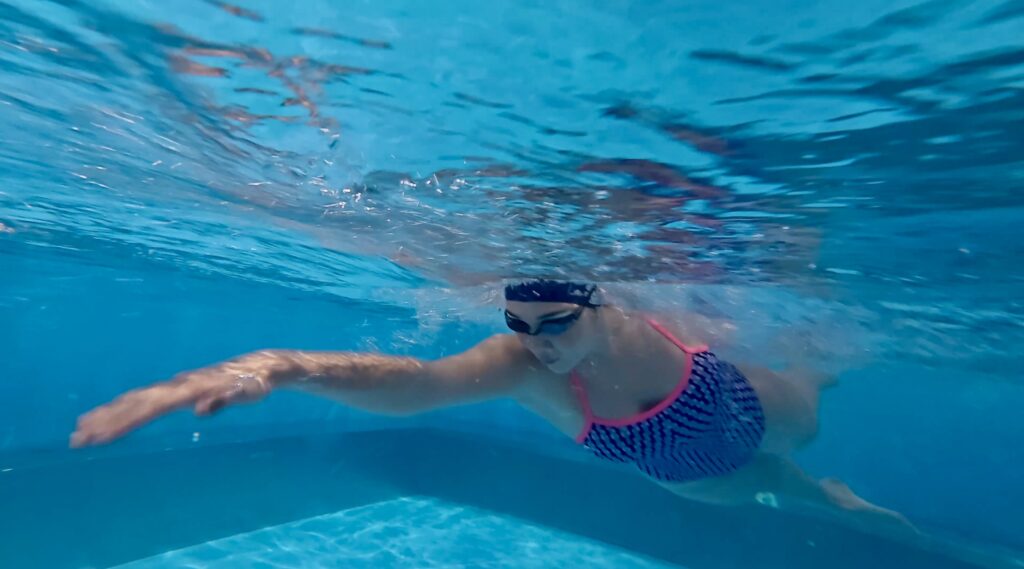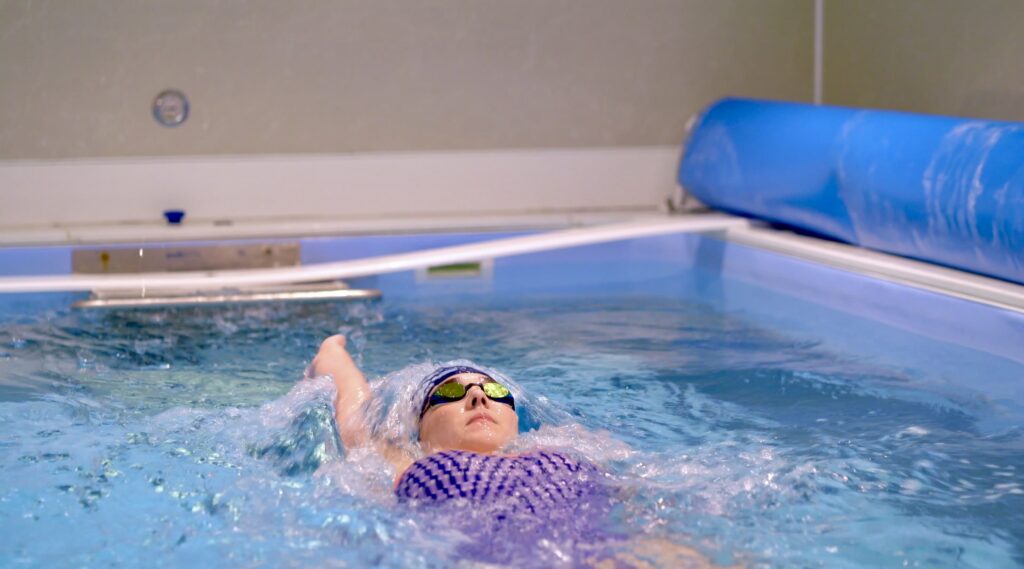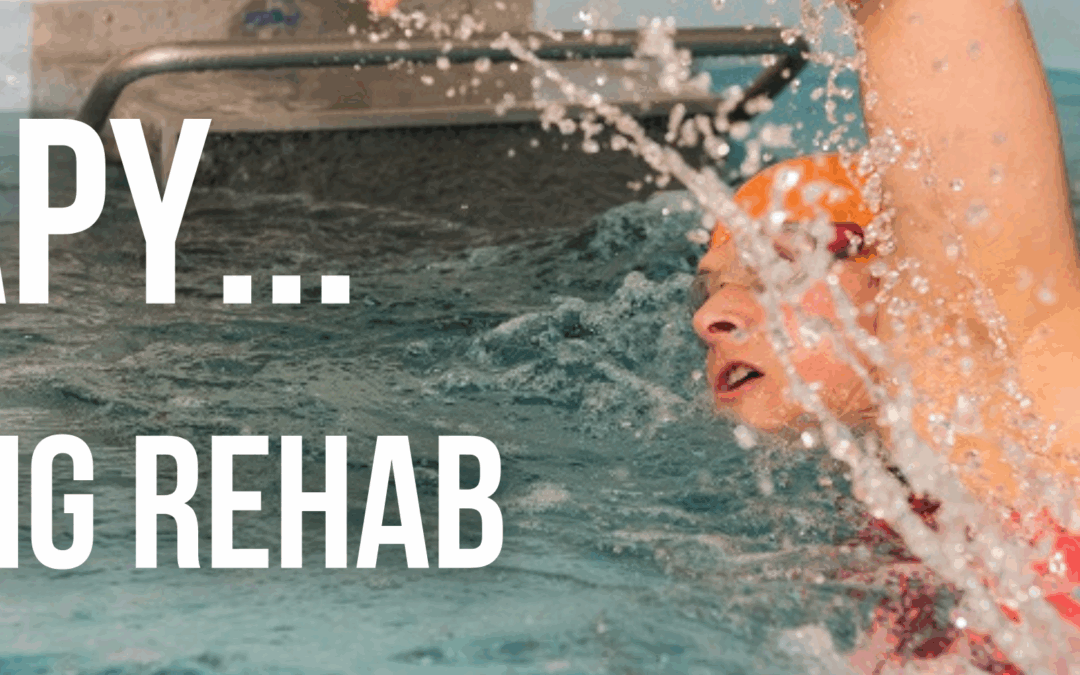Swimming is a very useful tool for rehabilitation of injuries. It can help with reducing pain, managing chronic pain and improving mobility all with low impact on joints. The buoyancy of water helps to reduce stress on joints and tissues while using the water as resistance to help build strength and endurance.
Benefits of swimming to help with rehab include:
- Reducing pain – the buoyancy of the water and especially the warmth of the water if it is warm will help to relax the muscles and reduce both pain and inflammation.
- Improving cardiovascular health – this full body workout will be great to get your lungs and heart working, which will help with overall fitness and wellbeing.
- Increasing flexibility – the support from the water will help encourage a greater range of movement in joints while taking any stress and impact out of the equation.
- Improving strength and endurance – the water will provide resistance to work against, encouraging your muscles to build strength and endurance in a controlled way.
- Increased balance and coordination – the water provides a challenge to balance and coordination due to its instability, and this will encourage improvements to these areas.
- Reduce stress and anxiety – stress and anxiety are common factors in the recovery process and the water can help to reduce this from the sensory experience and relaxation effect it can have.

Conditions that can benefits from swimming:
- Arthritis – due to the buoyancy support of the water, swimming can make exercise more manageable and comfortable for anyone suffering with arthritis as it reduces the impact and stress on joints.
- Joint problems – swimming can help with recovery and the healing process of sprains, strains and post-surgical recoveries as a safe way to rebuild strength with reduced risk of injury recurrence.
- Back pain – swimming can help to strengthen core muscles and muscles crucial for good posture which in turn can help to reduce back pain.
- Cardiovascular conditions – this is an effective and low intensity way to improve cardiovascular health.
- Neurological conditions – due to its gentle nature and low intensity, this type of therapy can be very beneficial for individuals suffering with conditions such as spinal cord injuries and multiple sclerosis.

Example of exercises:
- Swimming in an endless pool against the current
- Walking in the water
- Gentle stretches in the water
- Leg lifts
- Added flotation devices to help with more challenging moves

